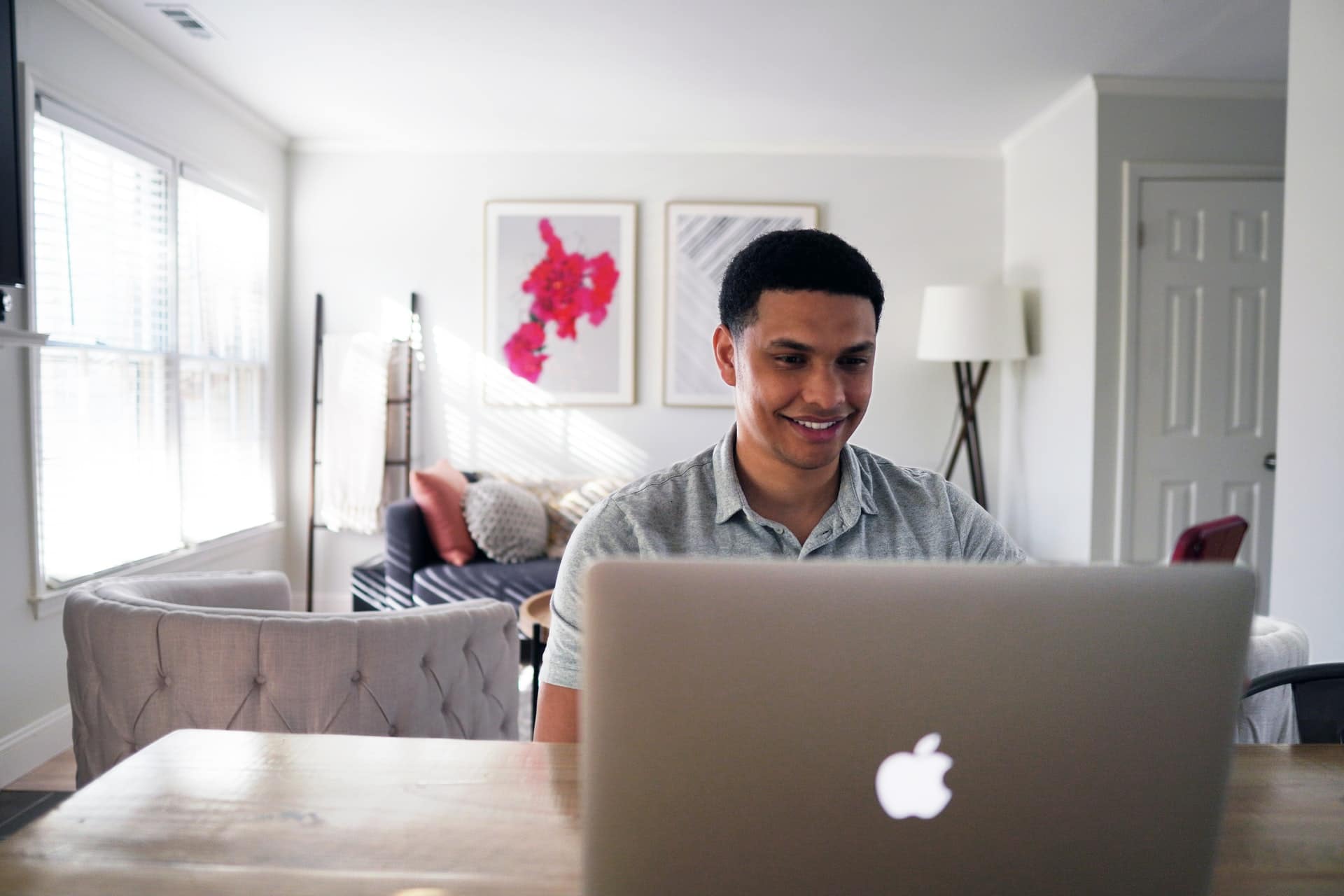A buy to let property is one that you buy with the intention of renting it out to tenants. Because you’ll be paying the mortgage but receiving rent at the same time, it can be a great way to make passive income. If you can afford to buy a place that you won’t be living in, that is.
Property tends to be a worthwhile investment in the long term. Although the housing market fluctuates, property prices are 41% higher than they were 10 years ago. You might want to consider the best places in the UK for purchasing buy to let properties, based on average price and yield.
But as with all investments, there’s risk involved and it’s not the right choice for everyone. Here, you’ll find everything you need to know if you’re considering a buy to let property as your next purchase.
What’s the criteria for a buy to let mortgage?
You’ll need to apply for a mortgage if you can’t afford to buy the property outright, which is the case for most people. Bear in mind that you’ll need to get a specific buy to let mortgage, which differs from a standard residential mortgage.
Most lenders will also require you to own a property and have a minimum income level (around £25,000) to obtain a buy to let mortgage. This isn’t always the case though.
Affordability
The bank or lender will view the potential rental income on the property as your main source of income, rather than your salary from work.
A lender will usually want your expected rental income to meet at least 125% of the monthly interest payments on the loan. This is known as ‘rental cover’. For example, if the interest on your mortgage comes to £500 a month, your rental income would need to exceed £625.
But rules brought in in 2017 recommend that lenders ask for rental income to be at least 145%. So be prepared to prove a higher amount of rental income (depending on who you go to for the loan).
Deposit
Generally, you’ll need a bigger deposit for a buy to let property than you would for a normal residential property. You’ll probably find that most buy-to-let lenders require a deposit of at least 25%, and the best deals usually require 40% or more.
We’ve rounded up 5 ways to save for a mortgage deposit if you’re struggling.
Fees
Unfortunately, the buy to let mortgages with the lowest interest rates tend to come with the highest fees. So it’s worth weighing up the interest and the fees on a mortgage. In some cases, a deal with a higher interest rate might actually work out cheaper in the long run.
How much profit can you make from a buy to let property?
The amount of profit you make will depend on the ongoing rent you receive from the tenant(s) minus your mortgage, deposit and any fees you pay to buy and maintain it.
To estimate the profit you could expect to make, you’ll need to consider:
- One-off costs (e.g. stamp duty and legal fees)
- Regular costs (e.g. mortgage repayments, repairs and letting agent fees)
- Rental income
- Capital growth (this occurs if your house price increases, which UK property trends would suggest is likely)
- Tax (e.g. the income tax you pay on your rental income)
In an ideal world, you want your mortgage repayments to be as low as possible and your rental income to be as high as possible in order to make the most profit.
There are tax implications with a buy to let property
Tax on buy to let properties is higher than it once was. So bear in mind that it could take a significant chunk out of any profit you stand to make.
Tax on rental income – You’ll be required to pay tax on your rental income, charged according to your relevant tax band (this could push you into the next band up). You can deduct some costs from the taxable amount though. These include letting agency fees, council tax, buildings and contents insurance and utility bills if you pay these on behalf of the tenant(s). You can also claim for the cost of any damage or repairs.
Capital Gains Tax – This is the tax you’d need to pay when you sell the property based on any increase in value. It’s paid at either 18% or 28% (depending on your tax bracket).
Stamp Duty – There’s a 3% loading on every Stamp Duty band when you purchase a buy to let property. This applies if you bought the property for more than £40,000 and it’s charged on the entire property price.
Are you prepared to take on a landlord’s responsibilities?
Being a landlord isn’t always easy – in some cases it can seem like a full-time job in itself. So make sure you’re ready to commit before you make the leap into buy to let.
These are some of the things you’d be expected to do as a landlord:
- Make the property safe for tenants to live in
- Ensure a tenancy contract is in place when the property is lived in, such as an Assured Shorthold Tenancy (AST)
- Enter your tenants’ deposits into a Deposit Protection Scheme
- Repair the property’s structure and exterior when necessary
- Do your background checks on tenants before they move in
- Make sure all tenants have the right to rent in the UK
- Maintain heating and water systems
- Make sure furniture meets fire safety regulations
- Ensure that the gas and electrics are safe
- Clean the property between tenancies
- Provide your tenant with the right paperwork (this is a legal requirement)
Don’t forget about buy to let insurance
As a landlord, you’d hope that your tenant takes good care of your property, but unfortunately that’s not always the case. Given the risk of damp, fires and flooding, it’s worth having specialist landlord insurance as standard home insurance won’t usually cover you for a buy to let property.
Buildings insurance – The lender will usually require you to take out buildings insurance when you get a buy to let mortgage. This will pay out if your property is damaged or destroyed and needs to be repaired or rebuilt.
Contents insurance – This isn’t a legal requirement, but it’s sensible to have some level of cover to protect any furniture, carpers, curtains and any white goods in the property.
Landlord liability – This will cover you if any tenants or visitors are injured or die while in the property. It’s not a legal requirement, but you might be asked by your lender to have a minimum level of cover in place.
Do you need a letting agent?
It’s up to you whether you use a letting agency for your buy to let property. They typically offer three different services:
- Finding tenants and arranging the tenancy
- Rent collection (including chasing any late payments)
- Full management (including dealing with queries and sorting any repairs)
If you’d prefer to be less involved as a landlord, a letting agent can take the pressure off and leave you to get on with your day-to-day life. A letting agent will be able to offer guidance on regulations and legislation in the area. This can be helpful if you’re new to being a landlord.
You might also want to consider using a letting agent if you don’t live in the same country as the buy to let property. This could make it quicker and easier to sort any problems throughout the tenancy.
It’s worth remembering that the fees can range from 10% – 20% of the rent. So if you want to keep costs down, consider managing the property yourself.
Check out these 10 top tips for choosing a letting agent if it’s something you’re interested in.
Is it illegal to live in a buy to let property?
While not technically illegal, if you move into your buy to let property, you’ll be in breach of the lender’s terms and conditions. Because of that, they might ask you to repay the loan immediately.
You might also be found to be committing mortgage fraud. In the worst case scenario, this could land you with a prison sentence. It’s not worth the risk!
Tags: mortgage











